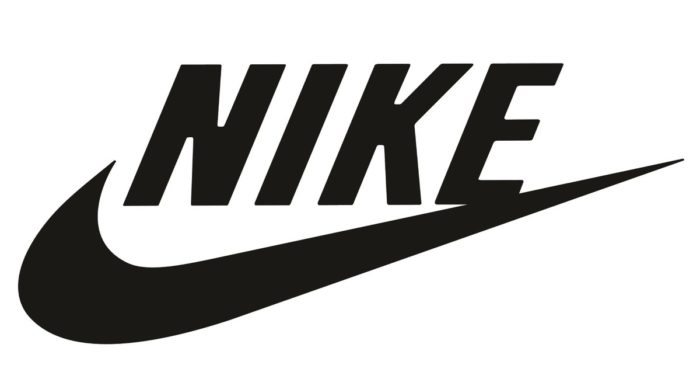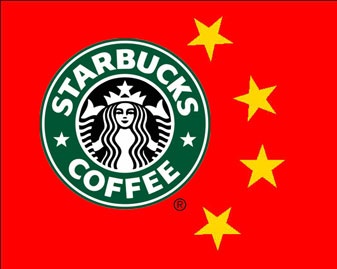Travis Kalanick is an American entrepreneur and the co-founder of Uber Technologies Inc., a ride-hailing company that revolutionized the transportation industry. He was born on August 6, 1976, in Los Angeles, California. Kalanick grew up in a middle-class family and showed an early interest in entrepreneurship.
Kalanick attended the University of California, Los Angeles, but dropped out before completing his degree to pursue his entrepreneurial ventures. He co-founded his first startup, Scour, a peer-to-peer file-sharing company, in 1998. However, Scour faced significant legal challenges related to copyright infringement and was eventually forced to file for bankruptcy.
Kalanick went on to found several other startups, including Red Swoosh, a content delivery network, and Uber, which he co-founded in 2009 with Garrett Camp.… Read the rest





